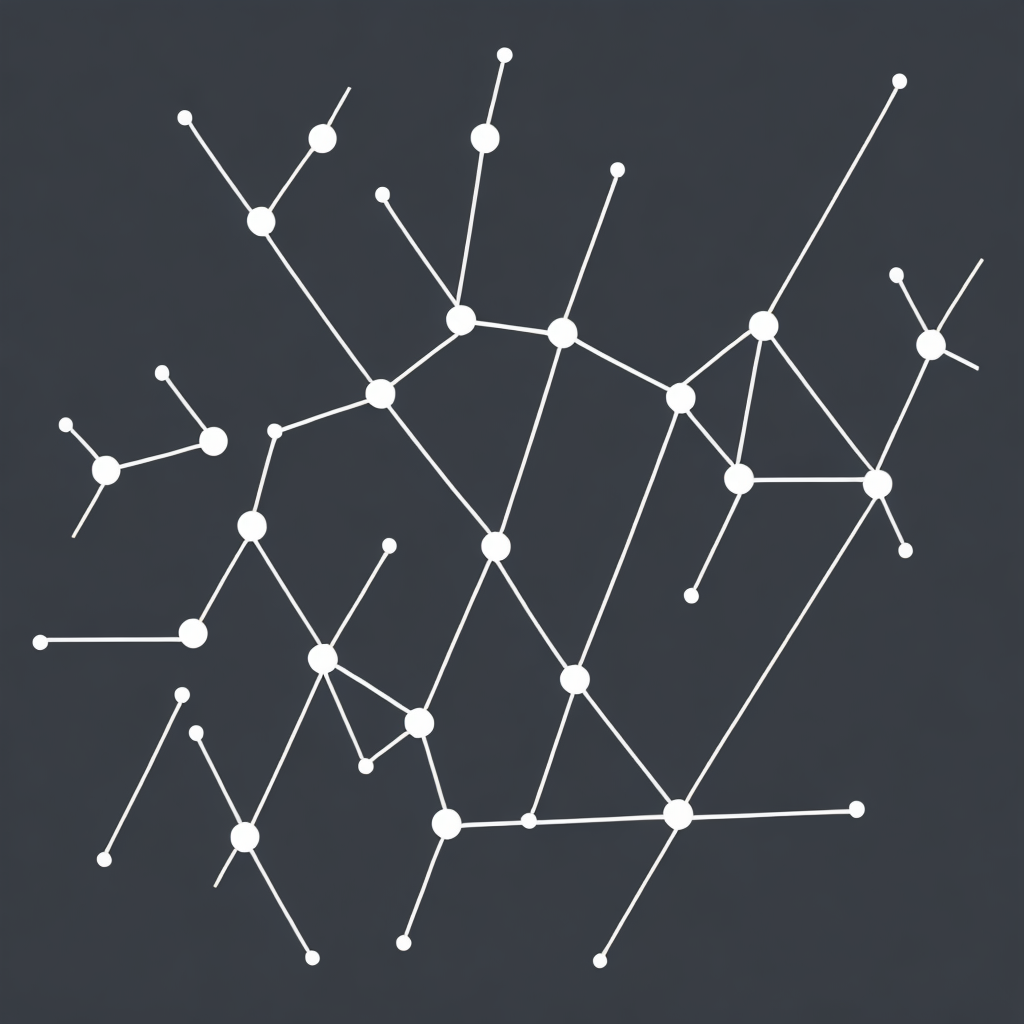Empowering Digital Intelligence: The Comprehensive Guide to Knowledge Graphs and Their Impact on Data Management
Introduction
In the digital age, data is abundant, yet the challenge lies in harnessing its true potential. Traditional data management methods struggle to keep pace with the sheer volume, velocity, and variety of data in today’s hyper-connected world. The key to unlocking the full value of data and making it work for you lies in the concept of knowledge graphs—powerful tools that transform data into more connected, accessible, and actionable knowledge.
Knowledge Graphs, Unveiled
At the core of a knowledge graph lies the essence of interconnected data, where information is structured as interconnected nodes and edges. Nodes typically represent entities like people, places, and products, while edges connect these nodes to represent relationships such as ’employs’, ‘produces’, or ‘is located in’. This semantic data structure provides a powerful foundation for creating a holistic view of information, facilitating deeper insights, more accurate searches, and improved decision-making processes.
Impact on Data Management
1. **Interoperability and Integration**: Knowledge graphs enable seamless integration of data from various sources, whether structured, semi-structured, or unstructured. This uniform data structure enhances collaboration across departments and systems, breaking down silos and streamlining processes.
2. **Enhanced Search and Retrieval**: With a knowledge graph, information retrieval becomes a more intelligent process. It allows for the inclusion of synonyms, alternate spellings, and context-aware search, ensuring that relevant results are surfaced rather than being obscured by slight variations in data.
3. **Data Quality and Integrity**: Knowledge graphs can automate data validation, ensuring consistency, completeness, and accuracy across entities. With built-in lineage tracking, organizations can easily audit and understand the history of data entities, contributing to a higher standard of data quality.
4. **Predictive Insights and Modeling**: By leveraging linked data structures, knowledge graphs can enable advanced analytics such as predictive modeling and pattern recognition. This capability is particularly valuable in sectors like healthcare, where insights could lead to breakthroughs in diagnostics and treatments.
5. **Personalization and Customization**: Tailored to individual users, knowledge graphs can deliver personalized experiences based on previous interactions and preferences. This not only enhances user engagement but also drives deeper customer relationships.
6. **Support for AI and Machine Learning**: Knowledge graphs serve as the backbone for AI development, providing the structured semantic context needed for machine learning models to process, reason over, and learn from data. This is particularly essential in applications ranging from recommendation systems to autonomous driving.
7. **Scalability and Adaptability**: As businesses expand and new data streams emerge, knowledge graphs can evolve with the organization. They offer flexibility in handling an ever-increasing volume of data, with optimized query processing techniques capable of delivering insights in real-time.
8. **Security and Privacy**: By defining relationships and constraints within a secure data model, knowledge graphs enable the protection of sensitive information. They facilitate data governance through enhanced visibility and control over data assets, addressing the privacy concerns that come with vast amounts of interconnected data.
Conclusion
Empowering digital intelligence through the implementation of knowledge graphs is no longer just a choice—it becomes an imperative in today’s data-driven world. By transforming abstract data into actionable knowledge, organizations can gain a competitive edge, optimize operations, enhance customer interactions, and drive innovation. The journey towards digital empowerment begins with the foundational step of creating, maintaining, and utilizing knowledge graphs, effectively bridging the gap between data and actionable insights. Embrace the power of knowledge graphs to transform your data management and unlock the true potential of your digital assets.
